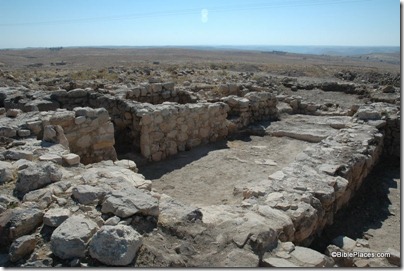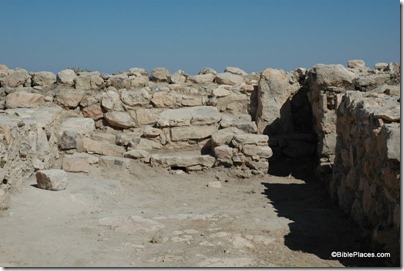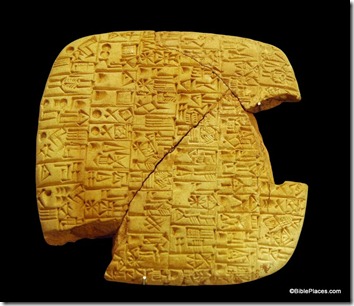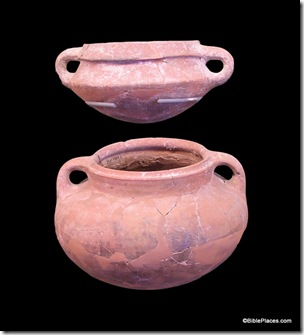It was just another roadside stop on my quest to find and photograph every biblical site known in the country of Jordan. While most tourists, even those biblically oriented, don’t visit much more than Petra, Jerash (Gerasa), and Mount Nebo, there are dozens of other sites in Jordan mentioned in the
Old Testament. I was at one of these when my traveling partner decided he had seen enough piles of rocks and was going to wait in the car.
This site, however, was more than a pile of rocks. Recent excavations had revealed some walls, floors, and a cave. As I made a circuit around the site, I had the distinct impression that I was looking at a temple. I cannot recall now all the features that led me to this conclusion, but by the time I returned to the car I was absolutely convinced that I had “discovered” a temple at biblical Ataroth (modern Attarus or Ataroz).
Some later research revealed that excavators from LaSierra University believed they were working on an Iron Age temple. The natural question for me was whether this was a Moabite temple or an Israelite temple. I was not privy to the details, and these could be ambiguous in any case (faithless Israelites do not look very different from their neighbors). Biblically we know that this area, the Medeba Plateau, shifted hands several times between the Israelites and their cousins. Perhaps you recall Jephthah’s declaration that this land belonged to Israel for 300 years (Judges 11:26). At the time he was contesting Ammonite control, but at other times it was the Moabites who were trying to expand into the land that Israel conquered under Moses (Numbers 21:21-35).
Yesterday news of the temple discovery was published by the Associated Press (HT: Joe Lauer). The story notes that about 300 vessels and deity figurines were uncovered, most in the last few months. It also attributes the temple to the Moabites. Such a designation does not surprise me for two reasons.
First, the Moabites probably controlled this area more than the Israelites did. Second, there are political reasons for not associating ancient Israelites with the country of Jordan. But if you’re thinking that the Israelites would never have a temple outside of Jerusalem, then you haven’t read your Bible very well. The Israelites had shrines all over the place. Even Solomon built a high place to the Moabite god for his Moabite wife (1 Kings 11:7).
The AP article has only two photos about the discovery, both showing artifacts. Below are two images of the temple itself, both taken six years ago. Apparently it was the recent discovery of the figurines that led to the press conference only now announcing the temple.



